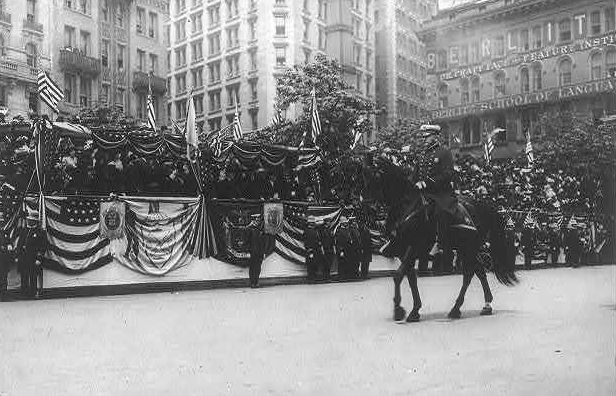A Jewish community organization in New York dealt with myriad issues, even creating an internal police force to deal with rising crime
In early September 1908, the chief of the New York City Police Department published an article stating that Jews numbered about one-fourth of the city’s population but fifty percent of its criminals. New York’s Jewish population was then about one million – a large majority of hardscrabble immigrants from eastern Europe, who lived in the southern part of town, and a minority of affluent, long-time residents, mainly of German origin, who resided in the north.
The accusation was both false and anti-Semitic. A study produced by the Jewish community earlier that year had shown that crime was less prevalent among Jews than among New Yorkers at large – although the Jewish crime rate was higher than it had been in Europe, and the crimes committed were more diverse.
A mere fifteen days after the appearance of the article, Jewish immigrants had persuaded the police chief to retract his statements, admitting that they were based not on police statistics but on information provided by outside sources. Jews published various responses to the article. While the immigrants objected to the condescending attitude of the more established, uptown elements of the community and claimed that they should have taken a more courageous stand against the aspersions cast on their fellow Jews, they realized that they would be hard-put to deal with many pressing issues without the help of their more affluent brethren. The old-timers, in turn, preferred to work through less vocal channels, and accused the immigrants of over-reacting.
As the editors of one Jewish newspaper remarked, the Jews clearly lacked a central organization to speak and act on their behalf. Judah Leon (Leib) Magnes, a well-known Reform rabbi and activist, repeated this sentiment in a New York Times article. New York’s million Jews, he concluded, needed a permanent representative body to defend their rights and fight crime.








